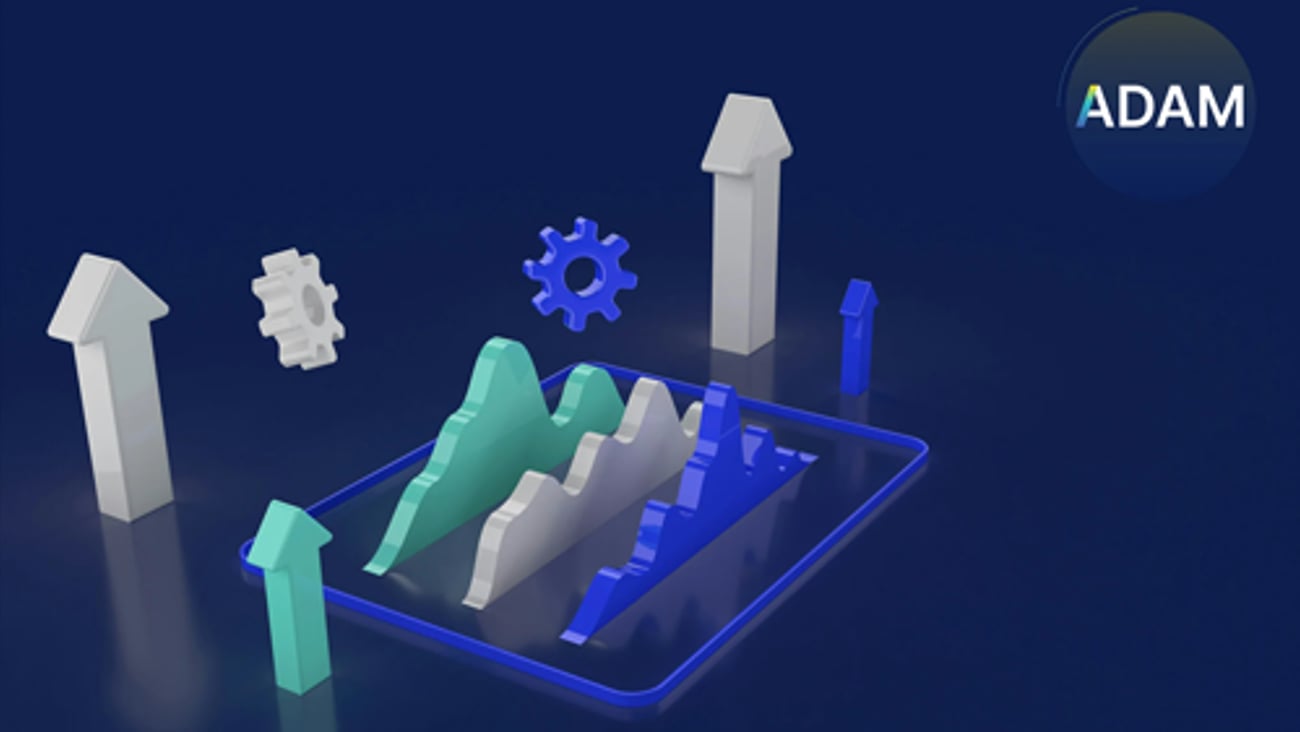How to secure competitive advantage through the always-on RGM approach
This article is part of a series exploring the recommendations shared in our 2023 Global Revenue Management Study. You can explore the full report here, or find the first and second article in this series here and here.
When the COVID-19 pandemic struck, it highlighted a major gap between Fast Moving Consumer Goods (FMCG) companies with mature RGM practices and those without them.
During a time of immense disruption, digitally enabled RGM teams successfully adapted their strategies to a new normal, helping maximize sales and drive growth. The capabilities they developed enabled them to make the best decisions in real-time while planning for the future based on an informed view of what tomorrow might bring.
One of the headline recommendations in our 2023 Global Revenue Management Study is for FMCG organizations to balance current and future competitive advantage. In this article, I’ll explore how implementing the right technology in the right ways can help teams do that and build digitally mature RGM practices.
Leaping to always-on RGM
Historically, revenue growth decisions have primarily been made by examining past data and using it to make educated guesses about future buying patterns. But in today’s fast-changing commercial and competitive landscape, that approach is no longer fit for purpose.
To enable consistent revenue growth, teams need an up-to-the-minute view of competitor actions, consumer preferences, pricing trends, and a huge range of other drivers and dynamics. And highly capable technologies have emerged to make that possible.
Advanced Revenue Growth Management (RGM) platforms combine diverse data streams together to give teams a contextualized, current, and reliable view of market, pricing, promotion, and consumer conditions. They grant granular visibility of revenue growth opportunities, enabling teams to spend less time sifting through data, and more time making decisions that directly create value for their brand and business.
AI technologies and machine learning algorithms have the power to transform RGM strategy by supporting real-time optimization of each commercial lever and delivering actionable insights. Analytical tasks, predictive and prescriptive, can be fully automated to streamline workflows and accelerate decision-making – enabling teams to continuously implement the right revenue growth tactics in the right places, at the right time.
With those capabilities in place, FMCGs can build truly always-on RGM functions. But it will take more than just technology to bring your vision of always-on RGM to life.
Technology alone doesn’t drive change
Ultimately, technology needs to be viewed as an enabler of ‘people change’. If teams don’t adopt new tools and make the most of them, their value will never materialize, and your RGM function won’t become digitally mature.
So, RGM technology implementation must be supported with the right change management. Here are three strategies that every FMCG/CPG organization should implement when building a digitally mature RGM function.
#1) Make the value of your new technology immediately clear to every user
To get people to adopt new tools and improve their workflows, you need to convince them of the technology's value. Training should be centered around helping everyone see how your tech can help them achieve their individual goals.
If the technology you’re implementing is designed to deliver strong and intuitive user experiences, that shouldn’t be too difficult. What’s important is that as soon as someone starts engaging with a platform or capabilities, it’s immediately clear to them how it can help them make better decisions and do their job more effectively.
#2) Nurture a mindset shift from volume-chasing to value-creation
In many FMCG organizations, teams responsible for delivering revenue growth are still far more concerned with chasing volume increases than creating long-term brand value. This naturally leads to decisions that maximize short-term competitive advantage at the cost of long-term advantage.
A significant factor contributing to this ongoing issue is that teams lack the necessary transparency to monitor brand value and observe the effects of their trade investments and initiatives. But with the introduction of advanced RGM platforms, that can all change in an instant.
As part of the implementation process, users should be walked through the new tools at their disposal for identifying value-creation opportunities, and tracking how value-adding strategies drive long-term revenue growth. Then, leaders can nurture a wider shift in mindset away from volume chasing, and towards continuous value creation.
#3) Take an iterative approach to RGM evolution
Your evolution towards building a digitally mature RGM practice represents a huge amount of change for your people and processes. Try to do too much, too fast, and you will quickly see progress standstill.
Instead, take an iterative approach to implementation. Start with your foundational platform, and slowly introduce new capabilities once others have been fully adopted into your workflows. Let people get accustomed to new platform-enabled ways of working, then introduce more sophisticated capabilities in time.
Applying the same principles when selecting which teams you roll capabilities out to and when is also a good idea. Technology change needs champions, so focus on nurturing them at the core of your RGM function first, then expand outwards into adjacent functions like sales and marketing iteratively.
Understand your true position, and build your digital maturity from there
Perhaps the biggest barrier preventing FMCG organizations from building mature RGM functions is how mature they already believe their operations to be. In our 2023 Global RGM study, we found that just 8.8% of FMCGs see themselves as “behind their competition” in their deployment of RGM practices.
If teams don’t fully understand how much they need to evolve their current practices, they risk missing the huge opportunities and advantages that well-implemented technology can bring to RGM teams.
As a result, they won’t have the capabilities, culture, and mindset required to balance current and future competitive advantage. So, before you take the first step in your own RGM journey, it’s crucial to establish where you really are today, and what’s practically possible for you with the help of the right technology.
Find out how Kantar XTEL can help you transform RGM today and deliver long-term value
In the next and final article in this series, my colleague Pedro Souza will take a closer look at the people-side changes required to support next-generation RGM and enable long-term revenue growth in the FMCG - Consumer Packaged Goods (CPG) space.
In the meantime, you can view all the recommendations from our recent global RGM study here. Or, if you’d like to learn more about Kantar XTEL’s platform-based RGM approach and how it could help you drive current and future competitive advantage, visit our solutions page and contact us.
3 steps to enabling an always-on RGM approach
1. Adopt platforms and tools that give you real-time visibility of RGM metrics, and make it simple to translate data insights into actions
2. Upskill teams to use that new technology, and nurture a mindset shift from volume-chasing to value-creation
3. Evolve and scale your technology over time and add new capabilities to maintain competitive advantage






